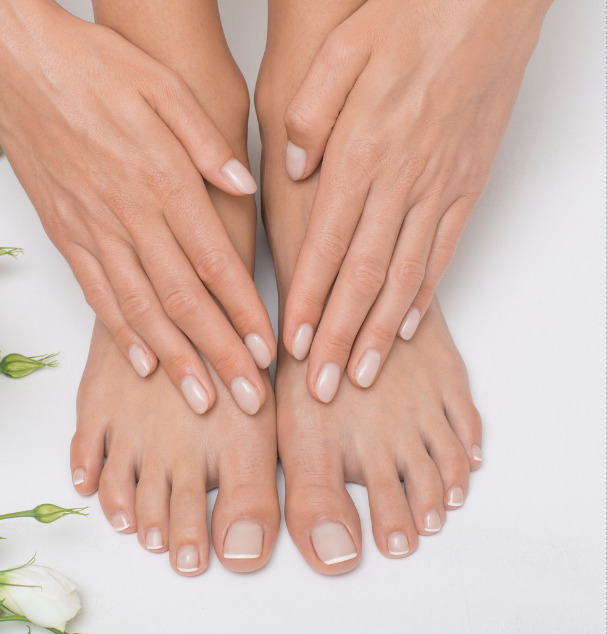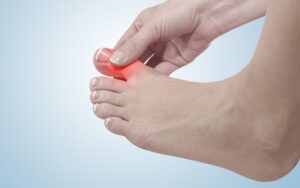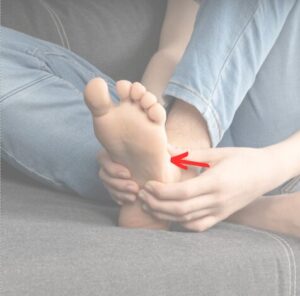What is Mees’ Lines?
Mees’ lines occur when you have white lines or bands on your fingernails or toenails. They may be a sign of a severe underlying medical condition, such as kidney failure or arsenic poisoning. Mees’ lines and nail damage or Muehrcke lines might be mistaken for one another.
The lines run across your nails (side to side, not up and down). Both your cuticles and the white tips of your nails are parallel to them. They typically span your nail’s entire width. Mees’ lines begin at the base of the nail, closest to the cuticles, and gradually move toward the top of the nail.
This condition may appear on only one nail or all of your nails at the same time. They’re also smooth, with no signs of bumps or ridges. They are known as Aldrich-Mees’ lines, Leukonychia striata, True leukonychia, Transverse leukonychia, and Reynolds’ lines.
What are the causes of Mees’Lines?
In history, this condition have been linked with poisoning from arsenic or other heavy metals, like selenium or thallium. Nevertheless the indications may be related to:
- Altitude sickness.
- Kidney failure.
- Cancer.
- Hodgkin lymphoma.
- Heart failure.
- Carbon monoxide poisoning.
- Chemotherapy.
- Malaria.
- Leprosy.
Do Mees’ lines go away on its own?
If the underlying reason is cured or has been stopped, then Mees’ lines will eventually grow out. For instance, if you eliminate contact to arsenic, the lines will go away. If you stop taking chemotherapy, they will be gone and not come back.
Are you suffering from any foot problems? At The Chelsea Clinic, we can help. One of our podiatrist can assist and then recommend what treatments are best to get you back on track.  Podiatrist South Kensington
Podiatrist South Kensington
Schedule an appointment here or you may call us at +44 (0) 207 101 4000. 
We hope you have a feetastic day! 

-The Chelsea Clinic and Team


 Podiatrist South Kensington
Podiatrist South Kensington




